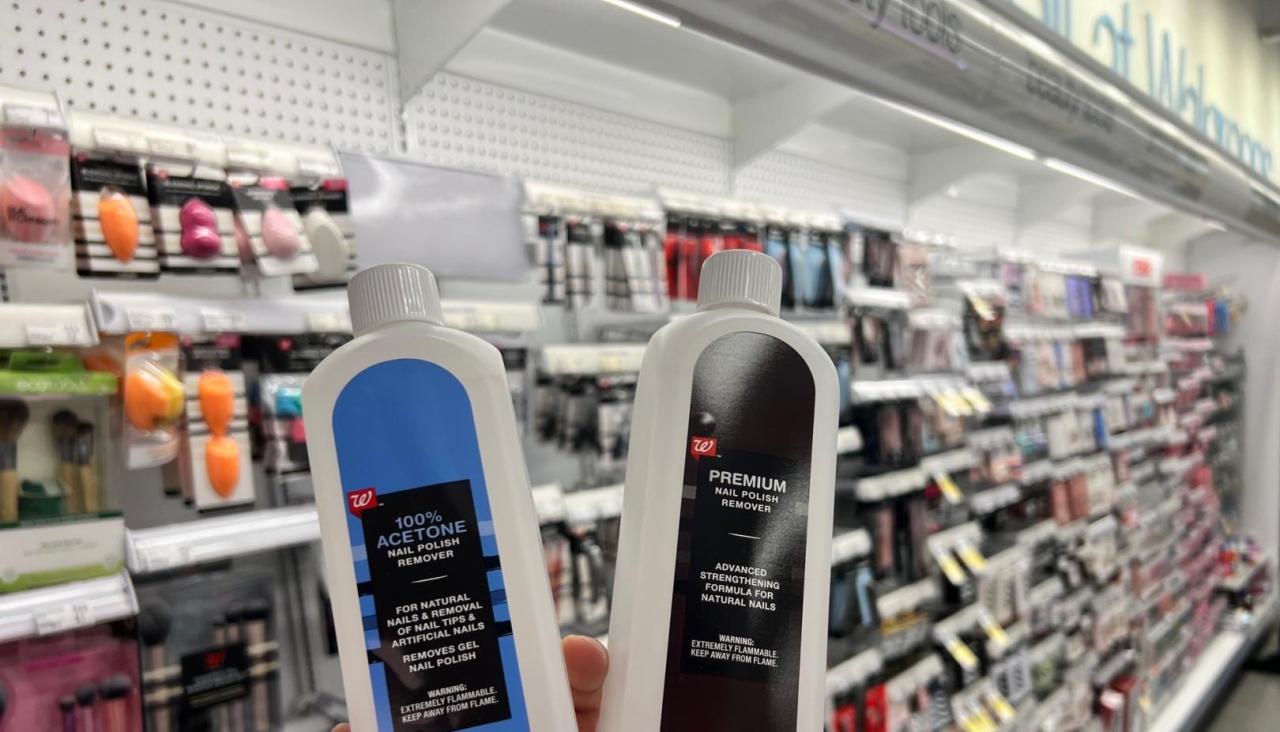A Sustainable Solution, Right There in Black and White
Small tweaks in packaging design add up to big improvements in recyclability for Walgreens brand products.
NORTHAMPTON, MA / ACCESSWIRE / February 15, 2024 / Walgreens Boots Alliance
Originally published by Walgreens Boots Alliance
By Mike Huffman
In its quest for supporting a healthy planet, Walgreens committed to four goals for its branded products, by 2030: reduce plastic packaging by

Preferred plastics
"By switching from black plastic caps to white plastic caps in just these seven Walgreens brand products, we're able to improve the recyclability of a projected 13 tons of plastic," says Andrew Horn, senior manager of sustainability operations. "Many recycling facilities use mechanical vision systems, essentially robots with cameras for eyes, to sort packaging that comes in. They have a difficult time correctly identifying black plastic. So, too often, they'll put it in the waste stream or just inaccurately sort it into the wrong recycling stream."
Within the beauty and personal care products industry, black plastic is commonly used for packaging. Walgreens chose to break away from that norm when the opportunity arose to reduce the negative impacts of plastics in Walgreens brand nail polish remover packaging. Dionne Carloni, manager of packaging sciences, worked with product managers and suppliers to identify recyclable plastic options and put those into use across the beauty and personal care product line.
"We strive to eliminate carbon black plastic from Walgreens brand packaging whenever possible, even if that means deviating from comparable national brand packaging," says Carloni. "It's a risk because we rely on colors to help our customers navigate to our products, but it's a change we've committed to in order to improve the recyclability of our packaging."
Another area with growing success is eliminating the use of PVC plastic commonly seen in "blister packaging" - think of toothbrush packages with their cardboard backs and plastic fronts.
"Recycling centers have an extremely difficult time recycling PVC, and most municipal facilities here in the U.S. don't handle it at all," says Horn. "If we want to be
How 2 Recycle
However, it doesn't matter how recyclable the packaging is if it doesn't make it into the recycle bin. That's where the How 2 Recycle product labelling guidelines come in. These easy-to-understand icons, standardized across the U.S. and Canadian packaged goods industry, are typically found on the back or bottom of a product to make it clear what should go into the recycling.
"We have a lot of success with getting recycling information on our products so consumers know how to dispose our packaging," says Carloni. "We're taking the steps to make our products more recyclable, and then we're giving consumers the information to do it, too."
Looking ahead
To get to the 2030 commitments Walgreens has made, there's more work to be done. But the team is committed and up for the challenge, drawing professional passion from personal experiences.
"Back when I was in Girl Scouts, we collected newspapers to recycle and measured the saved trees. That experience propelled me towards a path where I actively sought opportunities to contribute to a more sustainable world," says Carloni. "When I started in the packaging field over 15 years ago, sustainability was a really tough path because not a lot of companies had committed to it. I'm glad that progress has been made since then, and I'm really grateful that Walgreens has taken the initiative to push some of these solutions into the marketplace."
For Horn, an avid back-country skier and camper, his love of the outdoors attracted him to his career path that helps create a healthier planet for future generations to enjoy.
"Saving something, or repurposing, reusing, reducing … just kind of plays into who I am at my core," says Horn. "I saw this sustainability operations position become available and with my packaging engineering background and material sciences experience, it was the right opportunity for career growth and connected to my interests." Now, minimizing the impact of the plastics used in Walgreens brand products and packaging is all in a day's work.
For more information on WBA's sustainability initiatives please see the latest Environmental, Social & Governance Report.
View additional multimedia and more ESG storytelling from Walgreens Boots Alliance on 3blmedia.com.
Contact Info:
Spokesperson: Walgreens Boots Alliance
Website: https://www.3blmedia.com/profiles/walgreens-boots-alliance
Email: info@3blmedia.com
SOURCE: Walgreens Boots Alliance
View the original press release on accesswire.com






